Discover more Featured Stories like this in The Strad Playing Hub
When the Moab Music Festival opens its 33rd season later this month, it will mark the first change in artistic directorship since the festival’s inception, with violinist Tessa Lark taking the helm. The Kentucky-born musician combines a distinguished classical pedigree with a curiosity that spans Appalachian fiddle tunes to contemporary premieres.
Succeeding co-founders Leslie Tompkins and Michael Barrett, Lark brings an adventurous spirit and deep affinity for performing in nature, making her an apt fit for this storied late-summer festival in southeastern Utah.
Set in the high desert along the Colorado River, Moab is no ordinary music event. Its tagline, ‘music in concert with the landscape’, comes to life in performances staged in a red-rock grotto reached only by jet boat, on floating concerts drifting along the river, in secluded canyons accessible via early-morning hikes and under vast desert skies at ranches, lodges, and glass-walled pavilions.
One day might find an audience perched on smooth sandstone listening to a string quartet’s prayer of thanks as it plays Beethoven’s Heiliger Dankgesang; the next, listeners might be swept up in the rhythms of a steel pan duo while sheltered by cottonwoods at the Old City Park.
For Lark, who first played the festival in 2016, Moab’s magic lies in its ability to fuse world-class artistry with the elemental drama of the surrounding landscape. Her inaugural season offers masterworks and world premieres alongside genre-bridging collaborations, with a roster that includes Edgar Meyer, Lau Noah, People of Earth, Inon Barnatan and a new commission from Viet Cuong. ‘It’s music that’s alive in the moment,’ she says, ’in dialogue with the land itself’.
As she prepared to launch her first season, Lark spoke with US correspondent Thomas May about programming, performing in Moab’s extraordinary outdoor settings and the challenges – and rewards – of making music in the high desert.
This is the first change of artistic leadership since the festival began. What persuaded you to take on the role?
Tessa Lark: It came as a complete surprise when Michael Barrett, our music director emeritus, approached me. I was honestly surprised by how quickly I warmed to the idea, because I’ve always thought of myself, first and foremost, as a performer.
Moab appealed on several levels. It offered an outlet for especially creative programming, but what really clinched it was the connection to nature. I grew up in the middle of nowhere in Kentucky, playing music outside. Moab’s tagline is literally ‘music in concert with the landscape,’ so from the first time I played here, I felt at home. It was like heaven on earth: the greatest repertoire, the most breathtaking setting.
The thought of spending a couple of months here every year, doing the thing I love most, was irresistible. And I’ve known Michael for almost 20 years – both he and Leslie Tomkins, our artistic director emerita, are dear to me. So this feels like a very happy succession. This year, I programmed just over half the season, while they curated the rest. I wanted to honour Michael and Leslie’s legacy, so part of my planning was making sure they were celebrated.
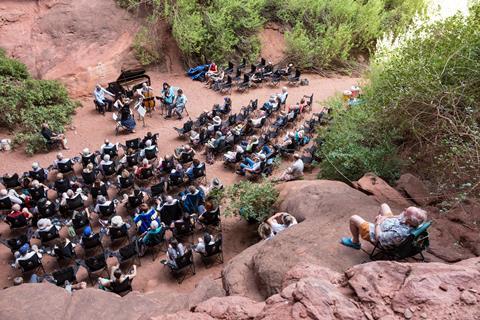
What attracts artists – and audiences – to Moab?
Tessa Lark: It really does take a specific kind of artist. Most musicians will tolerate the occasional outdoor summer concert, but Moab involves much more than that – challenging weather conditions, the care of instruments, even hiking to certain venues. You have to be physically able and mentally ready for the unpredictability.
It attracts people who are excited by the idea I’ve always loved: music-making amid the natural beauty of the world. I feel like I’ve found heaven on earth — playing the greatest repertoire outdoors, surrounded by some of the most beautiful nature in the world. The community that springs up from that pairing is unlike anything else.
In the canyons, you’re completely unplugged – no mobile phone service. You’re surrounded by rock formations so massive it feels like you’ve landed on Mars. You hear music written hundreds of years ago, or brand new pieces by composers in residence. The silence is profound, and the acoustics – the way sound bounces from the canyon walls – are fascinating. It’s an experience that slows you to a more human pace.
Most musicians will tolerate the occasional outdoor summer concert, but Moab involves much more than that – challenging weather conditions, the care of instruments, even hiking to certain venues
The grotto concerts are legendary. What’s it like to put one on?
Tessa Lark: They’re magical, and completely unique. There’s a Steinway grand piano in the middle of a remote canyon that you can only reach by boat. We take a 20- to 30-minute ride up the Colorado River, then a short hike to this beautiful horseshoe-shaped grotto. The audience size is limited for environmental protection and simply because the boats and the space can only hold so many people.
The concerts happen in the morning, when the grotto is shaded. We begin with a minute of silence, letting everyone take in how far into the wilderness they are. Then it’s straight into some of the best music that’s ever been written – last year, we performed Verklärte Nacht. Afterwards, there’s lunch and wine before heading back around midday.
Other concerts might be on ranches, at resorts or indoors at Star Hall in downtown Moab. Each venue has its own atmosphere and its own logistical quirks.
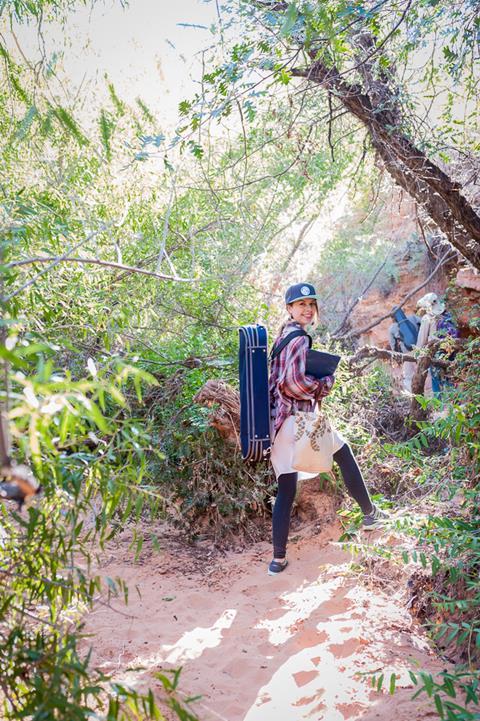
How do you plan programmes around such unpredictable conditions?
Tessa Lark: All rehearsals take place in town. If we’re doing a music hike, for instance, we start with an early morning sound check so the audience can arrive to silence – no one wants to hear us warming up in that setting. We only play outdoors on the day of the concert.
Our venues change almost every day. River levels determine whether we can get the Steinway to the grotto; some years bring flooding, others a mosquito problem. You have to be ready to pivot at the last minute. I think my personality is built for that – I’m a fly-by-the-seat-of-my-pants person – but it also means making sure our staff can handle these shifts. That’s the beauty and the challenge of Moab: we don’t have one fixed stage. The artists and audiences who thrive here are ready to adapt, and that spirit feeds into the music-making.
What are the special challenges for string players in this environment?
Tessa Lark: We provide a limited number of carbon-fibre instruments, which are weatherproof, for anyone hesitant to bring their own. We ensure performers are shaded, and keep outdoor sets under an hour.
The dry air means you need to humidify your instrument and accept that tuning will be less stable than indoors. I think instruments are more resilient than we give them credit for. The more important question is whether you’re mentally comfortable with the conditions. My feeling is that people deserve to hear great music anywhere, in any circumstances. If it rains, we don’t force anyone to play, but otherwise, we adapt.
What’s an example of a 2025 programme that embodies the Moab spirit?
Tessa Lark: One is a programme I’ve titled ‘Catharsis Canyon’. No piano – it’s in a remote hiking location – so it’s all strings. It begins with the traditional Irish tune The Boy in the Gap, moves to an arrangement from the Danish Quartet’s beautiful album Wood Works, Bach’s E major Partita, a solo viola piece I wrote, and ends with Beethoven’s Heiliger Dankgesang.
I like variety in my programming – something for everyone. For this concert, I zeroed in on this feeling of being transported out of everyday life. We’re all overwhelmed, and I wanted to create a moment to slow down, be immersed, and let the music take you somewhere else.
Another highlight is at Red Cliffs Lodge, featuring Lau Noah, a phenomenal Catalan singer, guitarist and composer. She’s self-taught and creates intricate contrapuntal textures – like Bach 2.0 – that are also completely natural. That’s the magic of Moab: classical artists jamming with a Catalan songwriter. You don’t see that anywhere else.
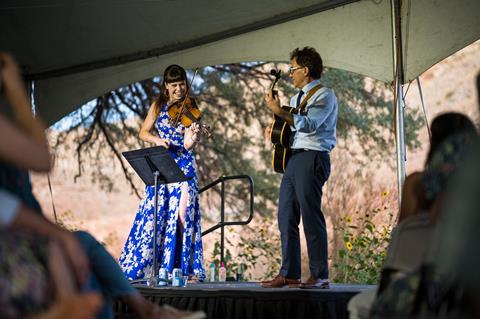
Does the setting encourage musical and personal dialogue?
Tessa Lark: It often does, though I don’t try to force it. There’s plenty of conversation about the role of the artist as citizen, or making statements through music. Personally, I’ve found the best way I can contribute is by following the sincerity of the music and the people who speak to me.
Moab is a classical festival, so we always include masterworks, but I just want to programme great music and do away with the idea of genre altogether. I’m naturally drawn to artists who think and perform that way, so it becomes an intuitive journey for me — one that often leads to overlaps between classical musicians and those coming from very different traditions. With the festival’s ecosystem and history, those crossovers happen organically.
I think the way many younger artists are working now — moving easily between styles — is actually closer to how musicians lived hundreds of years ago, before the rigid categories we have today. Bach was writing his cantatas but then going to the pubs and singing stuff with his family at night. Music is music. It should always feel alive.
I want Moab to reflect the musical community as it exists now – thriving, diverse and evolving – not as a museum display.
What future projects are you most excited about?
Tessa Lark: I’m especially keen to expand our composer-in-residence programme and our Commissioner’s Club. I’d like to invite composers to write pieces for specific canyon acoustics – some places have echoes that send the sound back exactly as you played it, a second later.
That creates a dialogue between the composer and the landscape, and with the national parks about preservation and capacity. It keeps the music alive – made by living composers, connected to this community, created in direct response to the surroundings. Not music written in isolation in a New York apartment, but music that could only exist here.
I’m excited to dig into that idea: living, breathing classical music that is thriving and alive as you’re experiencing it at the festival.
Moab Music Festival takes place from 27 August to 12 September.
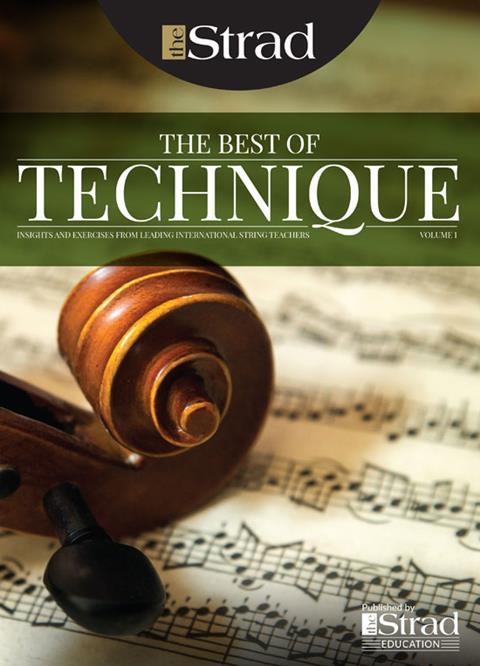
In The Best of Technique you’ll discover the top playing tips of the world’s leading string players and teachers. It’s packed full of exercises for students, plus examples from the standard repertoire to show you how to integrate the technique into your playing.
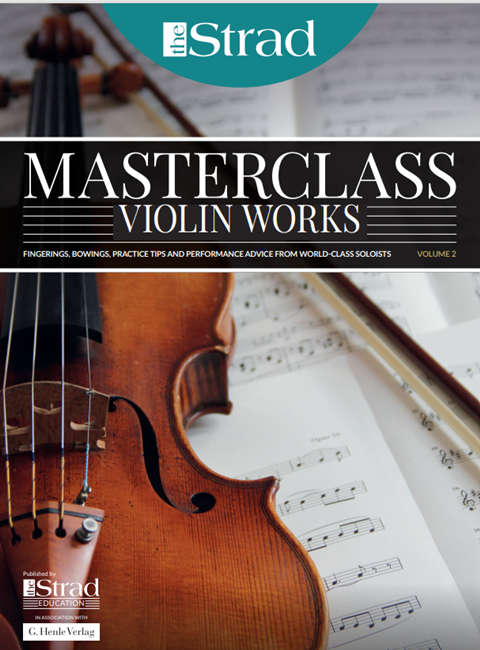
In the second volume of The Strad’s Masterclass series, soloists including James Ehnes, Jennifer Koh, Philippe Graffin, Daniel Hope and Arabella Steinbacher give their thoughts on some of the greatest works in the string repertoire. Each has annotated the sheet music with their own bowings, fingerings and comments.
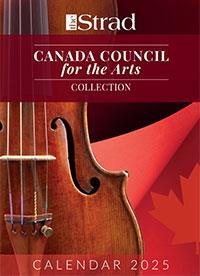
The Canada Council of the Arts’ Musical Instrument Bank is 40 years old in 2025. This year’s calendar celebrates some its treasures, including four instruments by Antonio Stradivari and priceless works by Montagnana, Gagliano, Pressenda and David Tecchler.
